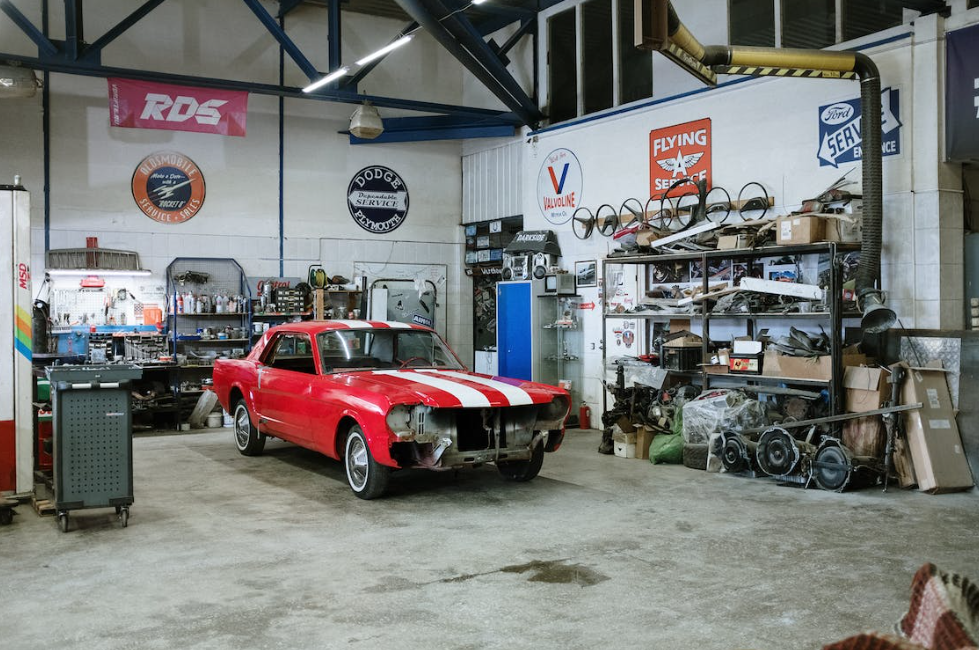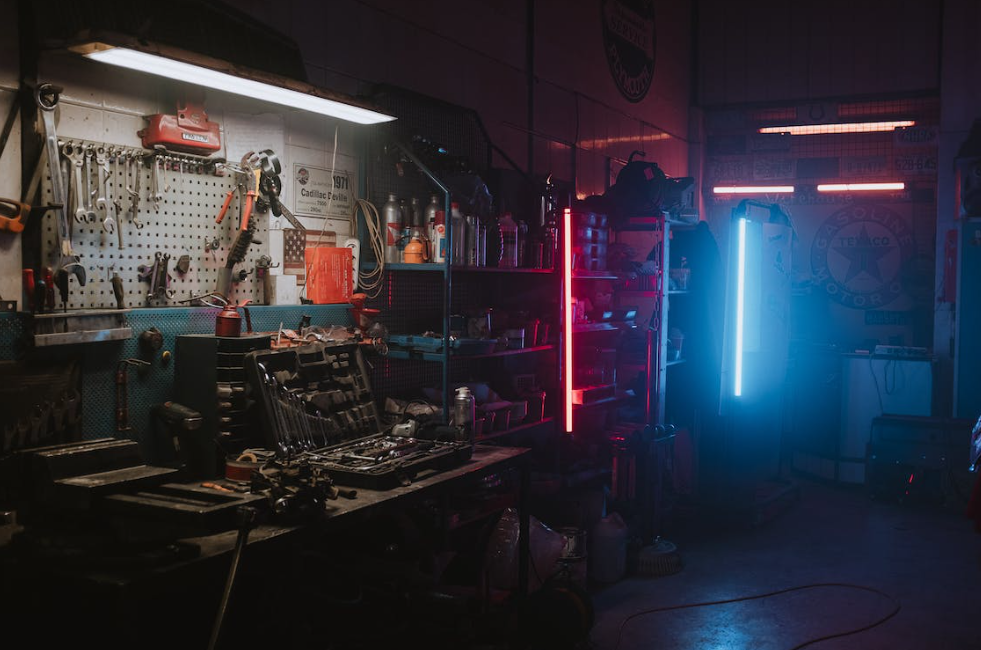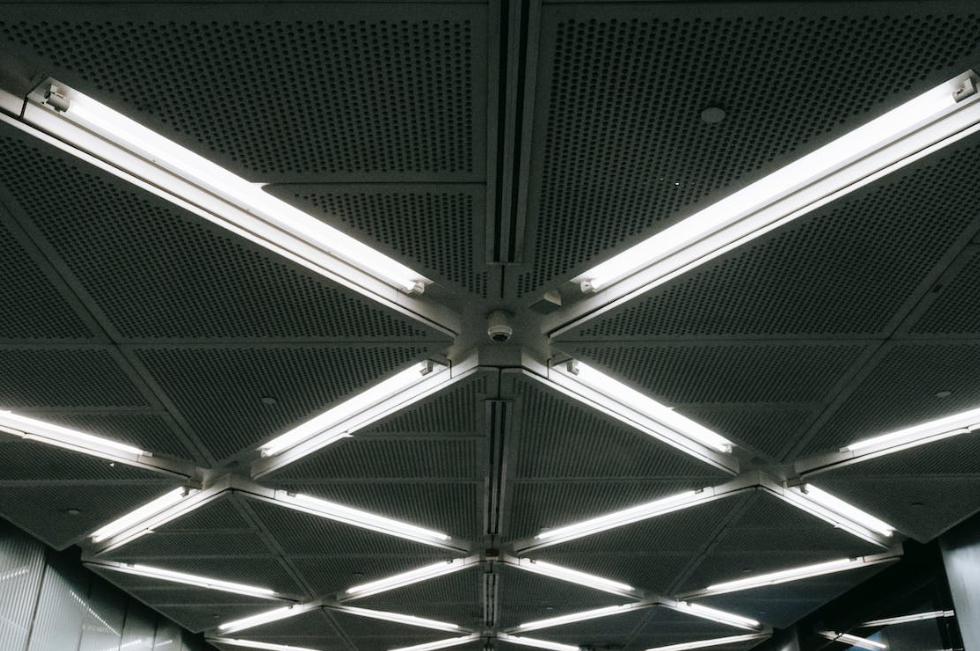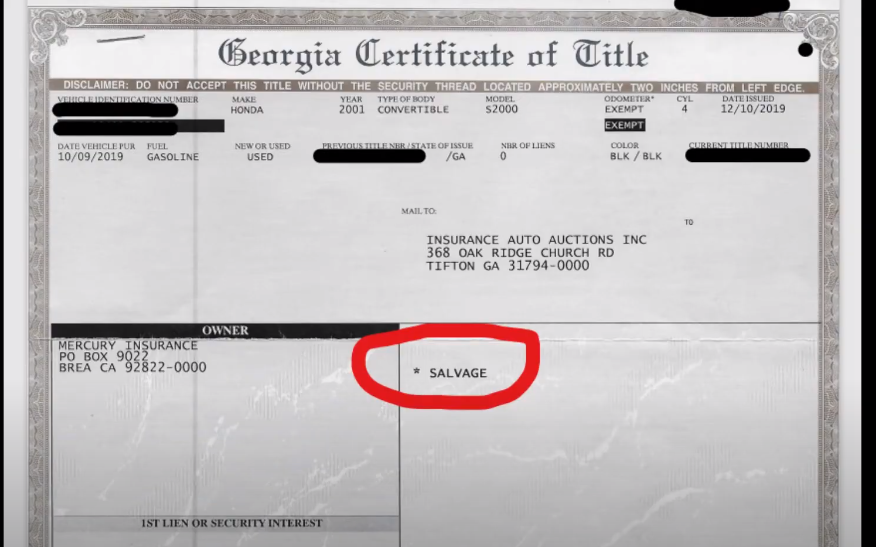How to Choose Garage Lighting
Garage lighting plays a crucial role in transforming a dull and underutilized space into a functional and inviting area. Whether you're planning to turn your garage into a workshop, a storage haven, or a home gym, the right lighting can make a significant difference.

Understand Your Needs
Before delving into the myriad types of available lights, it's crucial to comprehend your requirements for garage lighting. Are you engaging in meticulous tasks like woodworking or painting that demand ample illumination? Alternatively, do you merely require sufficient light for safe navigation within your garage? Identifying your precise needs serves as a cornerstone in shaping your decision-making process.

Garages can benefit from various types of lighting options. Consider the following choices:
Fluorescent Lights:
- Known for their energy efficiency and bright, clear illumination, fluorescent lights are a popular garage lighting option. Keep in mind their sensitivity to cold temperatures, which may be a consideration depending on your climate.
LED Lights:
- Highly energy-efficient and long-lasting, LED lights are a versatile choice for garages. They perform well across a range of temperatures, providing a durable and eco-friendly lighting solution.
Halogen Lights:
- Ideal for task lighting, halogen lights offer bright illumination. However, they tend to generate more heat and consume more energy compared to alternative options.

Illuminance, quantified in lumens, is another crucial aspect to ponder. As a general guideline, target approximately 50-75 lumens per square foot in a garage. Tasks demanding intricate details may necessitate higher levels of brightness.
Color temperature, gauged in Kelvin (K), influences the light's quality. A lower K value (e.g., 3000K) yields a warm, yellowish glow, while a higher value (5000K or above) produces a cooler, more daylight-like illumination. In garage lighting, a higher K value is generally favored.

Consider how easy the lights are to install and whether they require any special fixtures or wiring. Also, consider the longevity and potential maintenance of the lighting solution you choose. LED lights, for example, have a longer lifespan than most other types of lights, which can lower maintenance needs and costs over time.
-
How do weather conditions impact garage lighting choices?
In non-climate-controlled garages, opt for lighting fixtures resistant to temperature fluctuations and humidity to ensure durability.
-
Are there smart lighting options for garages?
Yes, smart lighting solutions allow for automation and control. Smart bulbs or fixtures can be programmed for specific tasks or operated remotely.
View more article here: The 10 Best 50-Foot Outdoor Extension Cords


.png)












